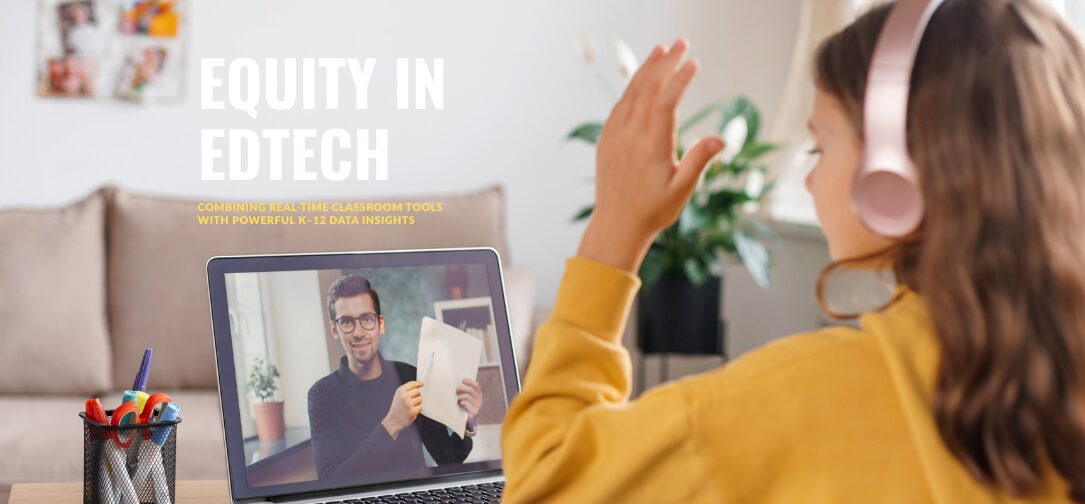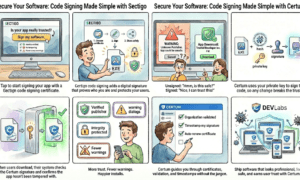Over the past few years, K–12 education has undergone a significant digital shift. Devices and platforms once considered optional are now fully embedded in the learning experience, especially after the rise of remote and hybrid learning. But while access to technology has increased, equity in education remains an elusive goal. How do educators ensure that every student is not just online, but actively engaged and thriving?
The answer lies in visibility. Specifically, classroom-level visibility. Without real-time insight into what students are doing during instructional time, teachers and administrators risk missing the signs of disengagement, academic struggle, or isolation. And in a digital environment, these signs are harder to detect than ever.
This is where classroom-level EdTech tools make a critical difference.
The Digital Equity Dilemma
When we talk about “equity in education,” the conversation often starts with access: Do all students have reliable internet? Do they have a device? Are learning platforms universally available?
But true equity goes far beyond that. It asks meaningful questions:
- Are students actively participating in learning activities?
- Can teachers tell when a student is struggling or tuning out?
- Do administrators have the tools to identify patterns of disengagement across classrooms or schools?
Unfortunately, in many classrooms, especially hybrid and remote ones, these answers remain unclear.
Without proper monitoring and insights, students who silently fall behind may go unnoticed until report cards arrive or behavioral issues arise. That’s where classroom management software like becomes not just helpful, but essential.
Visibility at the Classroom Level
Traditional monitoring solutions often operate at the network level, offering general control over web filtering or device management. While these tools are useful, they don’t give teachers or instructional staff real-time visibility into student engagement or behavior during class.
Classroom-level tools like Classroom Manager bridge this gap.
Teachers can view students’ screens in real time, monitor browsing activity, and flag inappropriate or off-task behavior without interrupting the flow of instruction. More importantly, they can identify students who are:
- Frequently disengaged or idle during lessons
- Accessing non-instructional content repeatedly
- Failing to participate in collaborative tools or digital assessments
This data isn’t about surveillance, it’s about support. When teachers know which students are slipping through the cracks, they can intervene early and equitably.
A New Layer of Data-Driven Insight
Classroom management tools become even more powerful when paired with broader data insights. At the district level, trends in digital engagement can be used to inform intervention strategies, target professional development, or adjust instructional models.
That’s why combining classroom-level software with robust K–12 data platforms is a game-changer.
K–12 data tools track patterns in academic performance, attendance, behavior, and device usage over time. When this macro-level data is aligned with real-time classroom insights, educators gain a 360-degree view of each student’s learning experience. This partnership enables schools to:
- Correlate screen-time engagement with academic outcomes
- Spot underperforming subgroups across schools or grade levels
- Design more personalized, targeted support interventions
Remote & Hybrid Learning: Equity’s New Challenge
Nowhere is the equity gap more glaring than in hybrid or remote learning environments. When students aren’t physically present, educators lose access to nonverbal cues, classroom dynamics, and spontaneous feedback that would normally guide instruction.
A student could be “logged in” to a virtual classroom but disengaged entirely while watching YouTube on another tab, texting on their phone, or simply staring blankly at the screen.
Without classroom-level visibility, these red flags go unnoticed.
With tools like a classroom manager, however, teachers can:
- Check whether students are actively engaged during online instruction
- Receive alerts when inappropriate or non-educational content is accessed
- Offer real-time feedback to redirect attention or provide assistance
For students with learning differences, language barriers, or social-emotional challenges, this can be the difference between falling behind and getting the support they need.
Supporting Teachers and Reducing Burnout
Another often-overlooked benefit of classroom-level tools is the support they provide to teachers. Managing a classroom of 20–30 students is hard enough in person. Doing it online, while trying to maintain engagement, monitor behavior, and differentiate instruction, is nearly impossible without the right tools.
Classroom management software reduces that burden by giving teachers:
- Immediate insight into which students need attention
- Tools to manage distractions without confrontation
- Confidence that they are reaching all learners, not just the loudest or most visible
When teachers feel more in control, they can focus on teaching and not troubleshooting tech.
Equity by Design, Not by Default
Equity doesn’t happen by accident. It must be designed into the systems, policies, and technologies that shape education. That includes building infrastructure that goes beyond mere access to include ongoing, meaningful engagement.
Combining real-time classroom tools with powerful K–12 data insights creates a proactive approach to identifying and addressing equity gaps.
Rather than relying on test scores or anecdotal reports after the fact, schools can respond in real time and catching issues early, allocating resources wisely, and supporting students when and where they need it most.
Technology in education should do more than digitize the classroom, it should humanize it. Classroom-level visibility empowers teachers to see their students more clearly and respond more compassionately. It helps districts make smarter decisions.
When combined with systems that provide deep, actionable data at scale, tools like Managed Methods enable a more equitable learning environment. Because in the modern classroom, equity isn’t just about who has the technology. It’s about how we use it to ensure everyone can thrive.

































